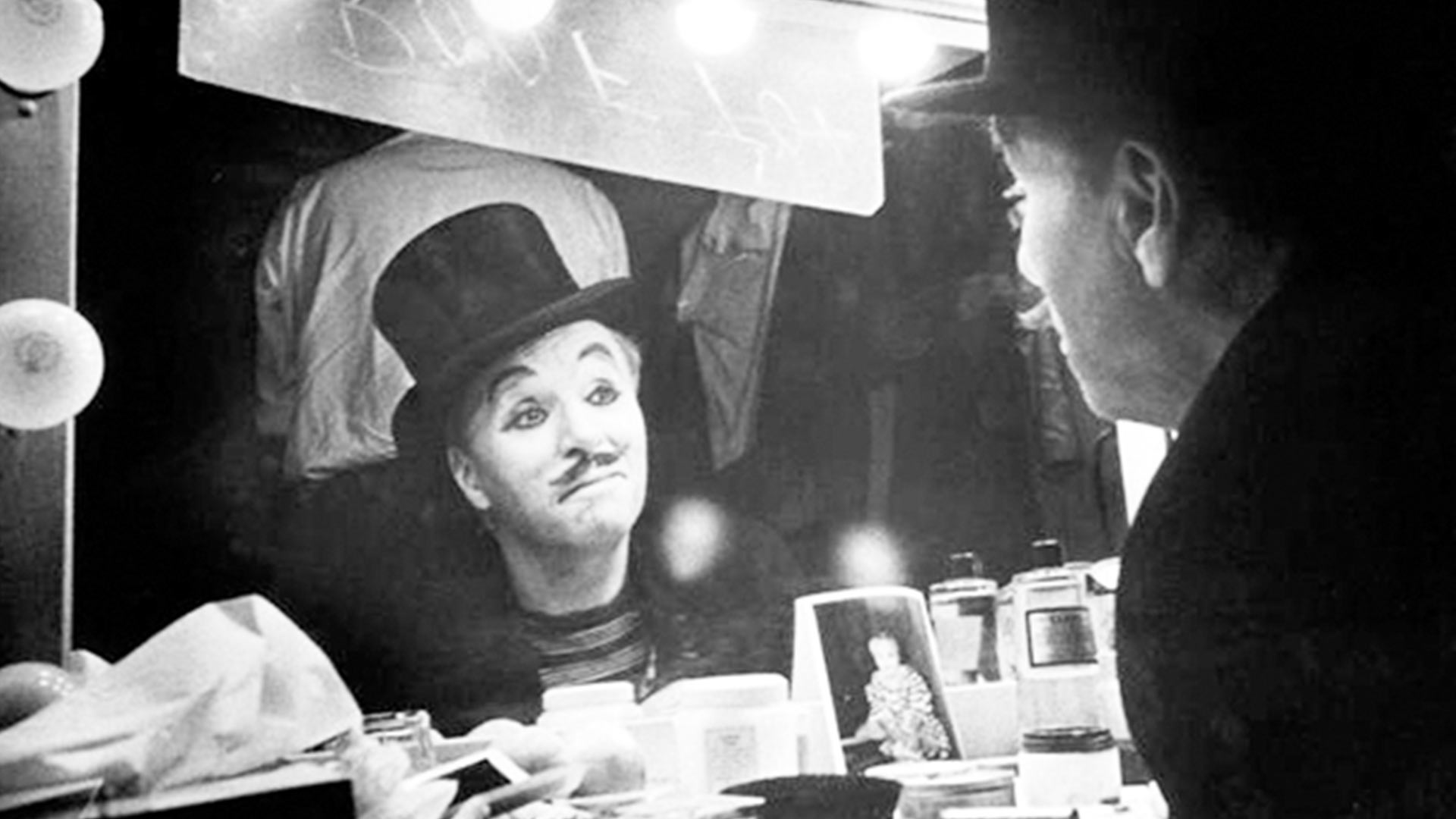Mirrors are good, BUT...
I had a very interesting call from a gentleman last week. The gent (now one of our clients) had employed an interior designer who had assured him he didn’t need much in the way of lighting, as he would be using plenty of mirrors and apparently mirrors through trickery would amplify the illumination within the space.
Understandably, upon completion of the project the client was unhappy as he was left with a relatively dark space – certainly too dark for his needs.
This is a very common issue and one I seem to have much debate with interior designers over. I’m not sure if I can entirely blame Lawrence Llewelyn-Bowen for it (I’d like to) but every time he (and in fairness many other interior designers) pops up on TV he seems to be extolling the virtues of mirrors creating light and enlarging a space.
This simply isn’t true and here is why:
- The eye doesn’t see light, it sees the surface that scatters (refracts) light.
- Mirrors are around 90% reflective – which means they refract very little light but reflect a lot of it.
- The angle of incidence is equal to angle of reflection – therefore if a light source hits a mirror it simply bounces off at the exact opposite angle.
Now consider the above three points. If we place a mirror opposite a window that is essentially a surface emitting lots of light, then for sure a mirror will reflect lots of daylight into the room. But what happens at night? The mirror simply reflects a big black hole.
Place an object such as a downlight in front of the mirror and all that happens is the light skips off at the angle it hits. A downlight over a washbasin simply illuminates the taps – very little light is reflected onto the face and thus people look gloomy and unflattering.
If you want someone standing in front of the mirror to look fabulous then you really need to illuminate the person – front light, emitted either from the mirror or placed next to the mirror will emit good vertical lighting and thus illuminate the face of the person, who, in return is reflected in the mirror.
This really is the crux of the debate – if you want a mirror to work for you then place it opposite a surface that is bright and well illuminated. As lighting designers we love matt surfaces. Such a surface still has a very high reflectance value (around 85%), but light will be scattered by the matt surface finish. This gives a certain luminous quality when well illuminated.
Of course this means locating the luminaire such as a downlight or cove in such a way that it is illuminating the matt surface. Place a mirror opposite and the mirror does the job of reflecting an interesting, diffuse surface that creates a feeling of brightness, depth and space.
So, to take to task those interior designers extolling the virtues of mirrors, yes they are good – BUT only if used in a well planned environment that accounts for the location of “bright” surfaces and light fixtures.


